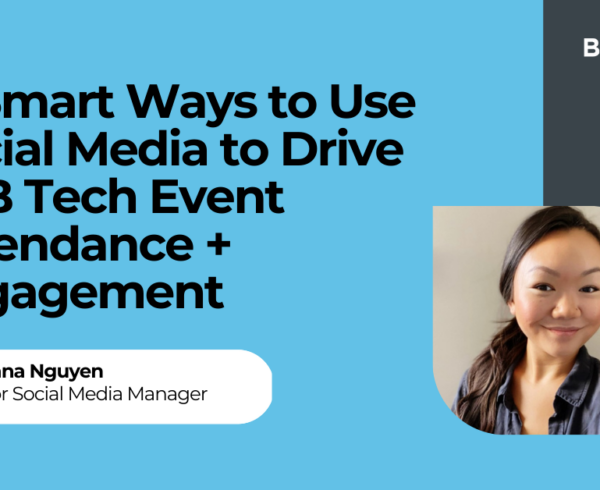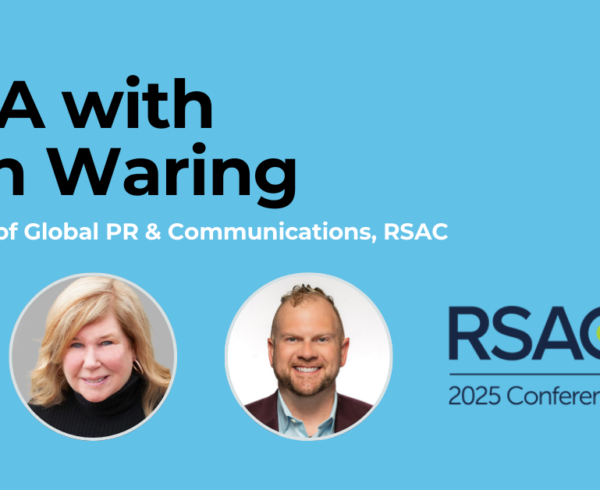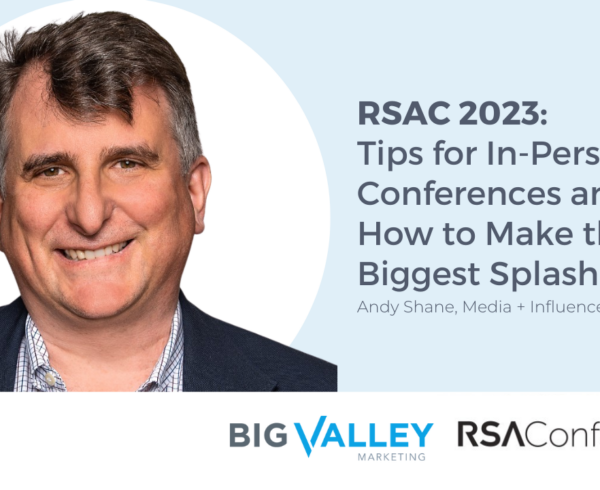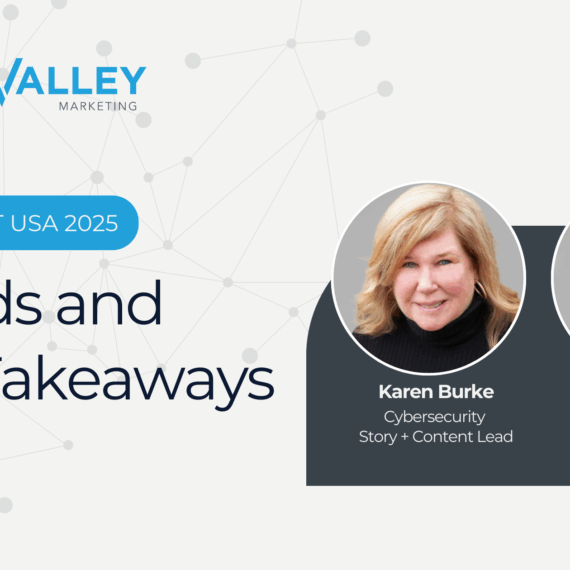Because the algorithm favors people, not logos, and your executives are busy being executives.
The Company LinkedIn Page Isn’t Enough
It’s a critical part of your digital presence. It’s where people go to learn who you are, what you do, and what you stand for. But when it comes to reach and engagement? The company page is only one piece of the puzzle.
Research shows that social content shared by employees drives 2x more engagement, and personal LinkedIn profiles (especially those of executives) generate up to 2.75x more impressions and 5x more interaction than company posts. If your brand is relying solely on the company page to connect with your audience, you’re leaving a massive amount of reach, trust, and influence on the table.
Some executives are all-in on social—they love posting, engaging, and building their personal brands. But for the majority, firing off hot takes on LinkedIn is just not a day-to-day priority. So how do you, as a social media and/or marketing professional, unlock the reach, credibility, connection, and pipeline that only the C-suite can produce, without asking your boss to become a full-time influencer?
That’s where a strategic, behind-the-scenes approach to executive social comes in—one that doesn’t put the burden on your executives, but still taps into the outsized impact their voices can have.
Why Executive Social Matters in B2B Tech
Trust travels faster from people, not logos.
In a world where everyone’s suspicious of polished corporate content, a thoughtful post from your CTO or CMO can cut through the noise—and actually get read.
Executives have built-in reach.
Your C-suite likely has hundreds or thousands of high-value connections: investors, partners, peers, customers, past colleagues. When they post, the LinkedIn algorithm favors it—and the right people see it.
Thought leadership drives talent and deals.
Whether it’s recruiting top-tier engineers or closing enterprise accounts, prospects want to know the people behind the product. Executive content shows who you are, not just what you sell.
How to Make It Happen (Without Adding to the CEO’s Calendar)
Let’s be real—your execs won’t suddenly become LinkedIn power users. But with the right strategy and a little patience, you can make their social pages seamless (and even fun).
Step 1: Ask how they want to handle posting
Start by understanding their comfort level with LinkedIn. Some leaders want to post themselves; others prefer you do it for them. Ask if they’re open to linking their profiles to your social tool (like Sprout) for easier scheduling. If they’re new to the platform, offer a quick “LinkedIn 101” course to build their confidence. Set clear expectations on time, cadence, and content style upfront to keep things running smoothly and transparently.
Step 2: Start with ghostwritten posts
Put a recurring 10-minute coffee chat on your executive’s calendar once a month. No slides, no prep—just a quick conversation where they talk about what they’re seeing in the market, what customers are asking, or what they’re excited about. Record it.
Then, turn those raw insights into 1–2 LinkedIn posts that sound like them—not your brand voice, not a polished press release. You can also mine their internal presentations, keynote slides, and all-hands decks for quotable moments that translate well to social. Review and revise with them to build comfort and trust.
Step 3: Build a bank of evergreen content
Executives don’t need to post in real-time to stay active. Create a content library with evergreen topics like leadership lessons, product philosophy, company origin stories, or advice they’d give their past selves. These make great fillers during slower weeks and help you maintain consistency, even when there’s no news to share or their schedule gets chaotic. Bonus: repurpose blog quotes, bylines, or podcast sound bites.
Step 4: Use events and milestones as easy entry points
Big moments make for easy social content. Speaking at a conference? Launching a new product? Attending a customer dinner? Use those as hooks. Snap a photo, grab a quick quote or takeaway, and post it while the moment’s still fresh. Even simple captions like “Great conversations with our customers tonight at [Event]” go a long way in showing up authentically.
Step 5: Get buy-in with performance metrics
Once a few posts are live, show them the numbers. Highlight the difference in impressions, engagement, and reactions between executive posts and company page posts. Frame it around outcomes: “Your post led to two demo requests,” or “This one got re-shared by a top industry analyst.” Tie it to visibility, influence, and pipeline—not just likes.
Step 6: Keep it human
The best-performing exec content feels personal, honest, and sometimes funny. It’s okay to share a bit of vulnerability, curiosity, excitement, and humor. LinkedIn is a professional network, yes—but it’s also become a place where people want connection, not corporate speak. And that’s especially true in B2B tech, where authenticity is still surprisingly rare. It may take you a little while to strike the right tone and voice, but with your leader’s partnership, you can create genuine content that truly resonates—and that’s where the real impact happens.
Final Thought: The Best Executives Aren’t Just Leading Internally—They’re Visible Externally
Executive social isn’t about ego—it’s about influence. And in today’s B2B landscape, the most successful brands are the ones where the people are just as visible as the product.
So yes, keep your company page humming and your social communities thriving. But if you really want to move the needle, help your executives show up when and where it matters. Their authentic presence will not only build their own influence, but also amplify the reach and impact of your company’s social channels. Watch the results follow.











